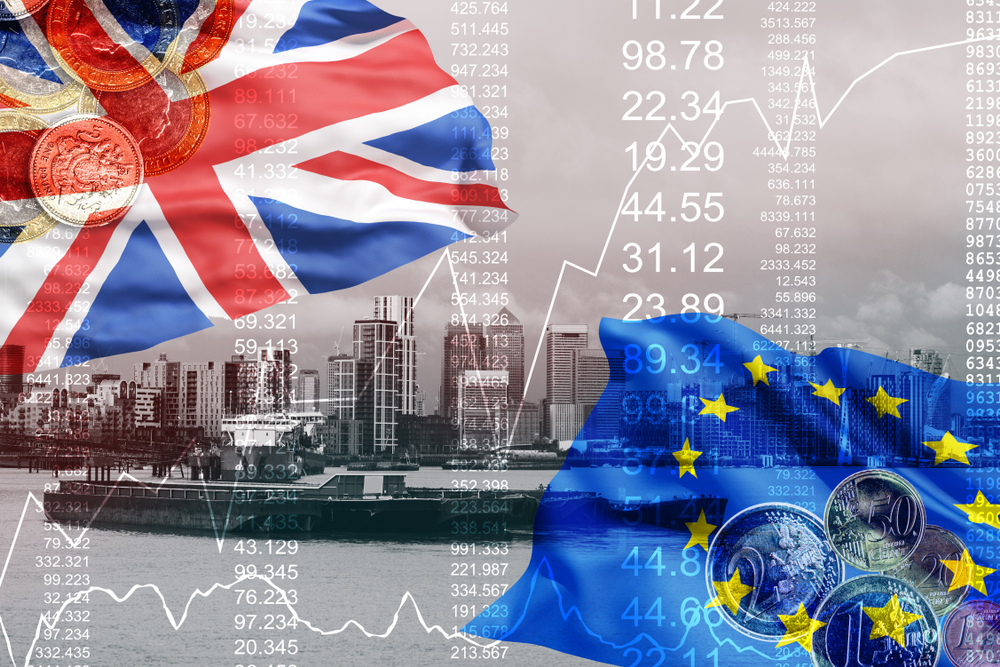
The pound saw some losses to its firmness on Monday morning as trading opened ahead of a week which could be make or break for Brexit.
Boris Johnson’s so-called “Super Saturday” sitting of Parliament on the weekend did not yield him any immediate results, with backbench politicians scuppering his immediate plans to pass the deal he had negotiated with Europe.
However, he has now been pushed into writing to the European Union to ask for a second delay to leaving.
An earlier delay was secured in March by his predecessor, Theresa May.
It is now looking less likely that the country will leave the bloc on the 31st October thanks to legislation known as the Benn Act, which Parliament passed weeks ago.
This week, Johnson intends to bring more legislation to the House of Commons to get his deal in law.
The pound was a victim of this uncertainty, with sterling going down by half a percentage point at one stage – although there was still no certainty as to what will happen next.
According to global banking giant Goldman Sachs, there is now a 5% chance that a no-deal Brexit will take place – compared to a 10% chance before.
By the time trading reopened on Monday morning, Asian traders saw the pound down by almost half a percentage point.
This was a far cry from its position of last week, in which it saw its value scale significantly.
Across the world, there were few significant changes to see.
The US dollar was seen experiencing a slight rise in its pair with the single European currency.
It was noted at $1.1157 at one stage.
However, in its pair against the Japanese yen, it was barely changed from its previous position of 108.48.
Across the course of the month, the US dollar is finding itself down by 2.5% overall in the dollar index, which is a tool designed to monitor how the currency is performing compared to its major global competitors.
There are several major events coming up on the horizon for the currency markets this week.
The Bank of Japan is due to meet later in October, and it is believed that there is a chance there will be more interest rate cuts on the horizon there.
The Bank has already set its interest rates at well below zero.
Traders of the Chinese yuan, meanwhile, were digesting the decision of the People’s Bank of China to put its daily onshore midpoint rate at the highest position in five weeks.
It was set at 7.0680 against the US dollar.
Rates and values for the onshore Chinese yuan are set by the government, and not by the markets as happens elsewhere around the world.
In further China-related news, the partial trade deal believed to have been struck between the US and China was back in the spotlight.
Liu He, who is the vice-premier of China, said that the phase one agreement represented “substantial progress” in bringing an end to the problems.
 Between 74-89% of CFD traders lose
Between 74-89% of CFD traders lose  Your capital is at risk
Your capital is at risk  Your capital is at risk
Your capital is at risk  Your capital is at risk
Your capital is at risk